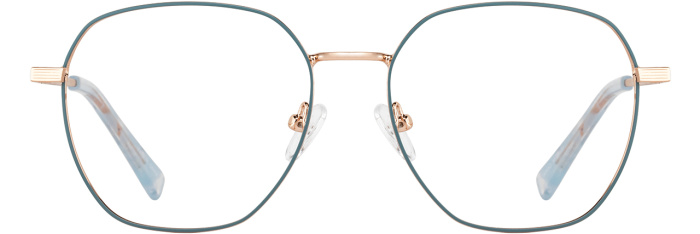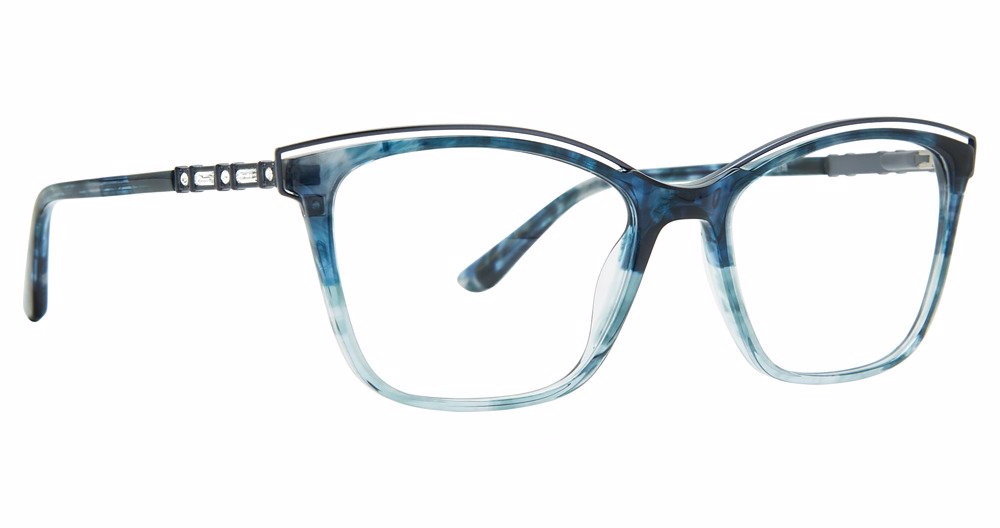What are cataracts?
A cataract is a cloudy area in the lens of your eye. Cataracts are very common as you get older. In fact, more than half of all Americans age 80 or older either have cataracts or have had surgery to get rid of cataracts.
At first, you may not notice that you have a cataract. But over time, cataracts can make your vision blurry, hazy, or less colorful. You may have trouble reading or doing other everyday activities.
The good news is that surgery can get rid of cataracts. Cataract surgery is safe and corrects vision problems caused by cataracts.

What are the symptoms of cataracts?
You might not have any symptoms at first, when cataracts are mild. But as cataracts grow, they can cause changes in your vision. For example, you may notice that:
- Your vision is cloudy or blurry
- Colors look faded
- You can’t see well at night
- Lamps, sunlight, or headlights seem too bright
- You see a halo around lights
- You see double (this sometimes goes away as the cataract gets bigger)
- You have to change the prescription for your glasses often
These symptoms can be a sign of other eye problems, too. Be sure to talk to your eye doctor if you have any of these problems.
Over time, cataracts can lead to vision loss.

What causes cataracts?
Most cataracts are caused by normal changes in your eyes as you get older.
When you’re young, the lens in your eye is clear. Around age 40, the proteins in the lens of your eye start to break down and clump together. This clump makes a cloudy area on your lens — or a cataract. Over time, the cataract gets more severe and clouds more of the lens.

Cataracts presents itself as a cloud over the lens of the eye.
How do I treat my cataracts?
Surgery
Cataract Surgery is the removal of the natural lens of the eye (also called “crystalline lens”) that has developed an opacification, which is referred to as a cataract. Following surgical removal of the natural lens, an artificial intraocular lens (IOL) implant is permanently inserted (eye surgeons say that the lens is “implanted”).
The surgical method that is most commonly used to remove cataracts in the United States is called Phacoemulsification (phaco). In phaco, the surgeon uses an ultrasonic needle to break up and liquefy (emulsify) the cataract so it can be removed through a very small incision. Earlier cataract surgery methods removed the lens in one piece. This required a larger incision and meant a longer healing time for patients. Breaking the lens up and removing it in sections allows surgeons to reduce the incision size significantly (from one-half inch to one-eighth of an inch) and allows patients to resume normal activities quickly.
INTRAOCULAR LENS (IOL)
Just as a camera cannot take a clear picture without a lens, the human eye cannot see clearly without a lens. Therefore, after the natural lens is removed, a foldable intraocular lens (IOL) implant is placed permanently inside the eye to help focus light onto the retina, or the “film” of the eye, to allow a much clearer image than without a lens implant. Unlike contact lenses, which must be removed, cleaned, and reinserted, the IOL remains in the eye after surgery. IOL implants have been used for almost 30 years and are very safe and effective.
POST OPERATIVE CATARACT SURGERY CO-MANAGEMENT AT COV
Your post-operative care can be done with your City of Vision Optometrist. Post-operative appointments generally take place at one day, at one week, and at one month after surgery in order to ensure proper healing and a successful outcome and Patients are usually able to update their eyeglass prescription at about one month after surgery. Most patients will have some small correction for glasses for distance or for near, depending on the eye and the pre-surgery plan. For those who opt for a premium lens implant, it is important to realize that both eyes need to be well healed to obtain the best results for these lenses, and there may be a period of one to six months where the eyes need to “adapt” to the new vision and to how the IOL works.



















































































































